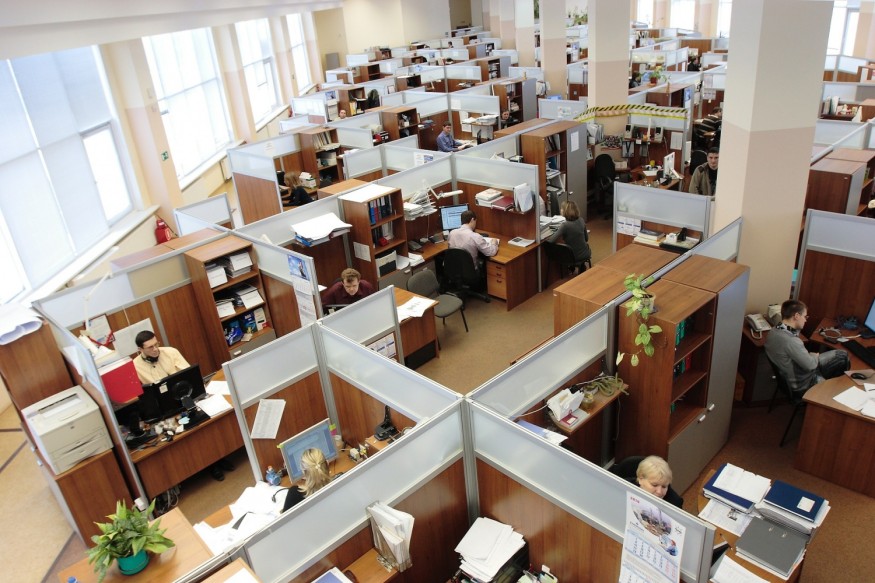
An estimated 340 million workplace accidents occur globally, and roughly 160 million experience occupation-related illnesses each year. Accidents while on the job have many consequences, including loss of productivity due to absences or incapacitation, foregone wages, and psychological effects like anxiety and depression. Reducing and preventing workplace accidents is a vital strategy for companies to ensure continuity of business flow, decrease unnecessary financial losses, avoid personal hardships, and improve personnel moral. Deploying technology at the workplace not only improves business operations to an efficient level, but can also make the environment a safer area reducing risks of injuries and compensation insurance costs.
Use Of Wearable Devices
Fatigue is a common cause of mishaps at the workplace, and the consequences may be fatal, causing injuries and even loss of life. Thus, employers must institute measures that will keep workers safe by monitoring their activity levels. Should accidents occur, it is normal for workers to seek compensation for medical bills and lost wages due to an accident while on the job. Experts at Janet, Janet, and Suggs advocate seeking professional counsel to ascertain legal rights and take appropriate courses of action in situations involving accidents and injuries sustained at work.
One way that businesses can improve the safety of its workers is to use wearable devices. In addition to the ability to monitor psychological and physiological elements affecting employees, they can enhance safety and security for people who are working in hazardous conditions such as those operating heavy machinery, dealing with high voltages, or working in a mine. Wearables can detect treacherous working spots and can warn users of hazards such as dangerous voltage. Moreover, devices can also guide the worker remotely, enabling them to see better when views are obstructed. With the assistance of augmented reality (AR), communication is improved, and the worker can be guided better using created 3D images from the camera on the device.
Artificial Intelligence And Safety Prediction
Data gathered by wearable devices and sensors is key to improving the safety of workers and in reducing misfortunes at the workplace. Software can also be used to collect information from the job site that will enable developers to create a profile for a specific task and utilize the data to identify the risk factors. The figures gathered using the software will also determine scenarios to prevent harm to employees.
AI is also capable of generating an efficient scheduling setup that will prevent worker's fatigue, drastically reducing the chances of fatal mistakes. Through a systematic programming, employees are less likely to become distracted, and this will improve output. It is also expected to isolate hazards that will warn managers and supervisors so that the appropriate action can be taken.
Workplace injuries, accidents and fatalities are detrimental to both employees and companies. The good news is that wearables and AI are examples of beneficial tech tools that can improve safety of employees and overall wellbeing at job sites.



